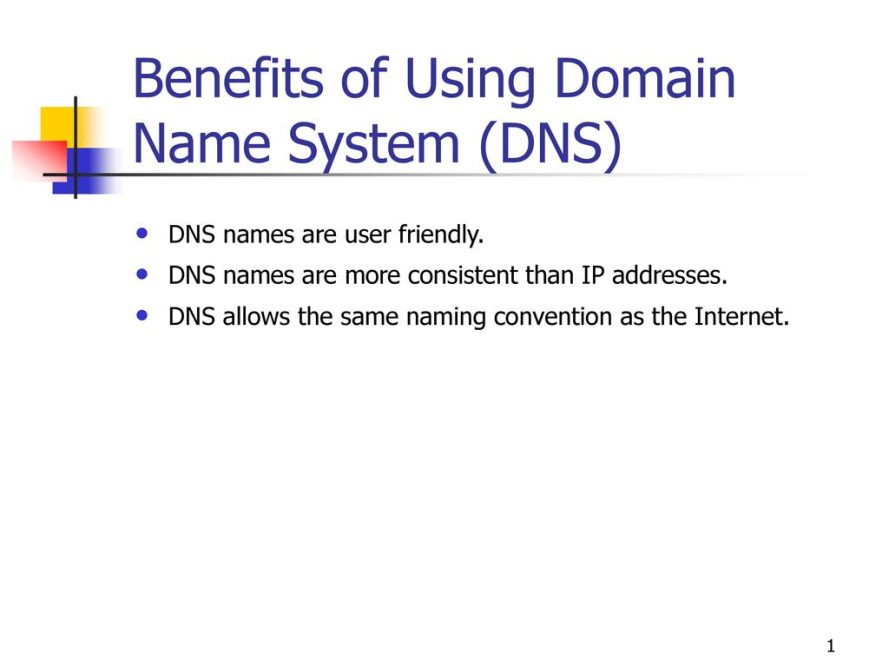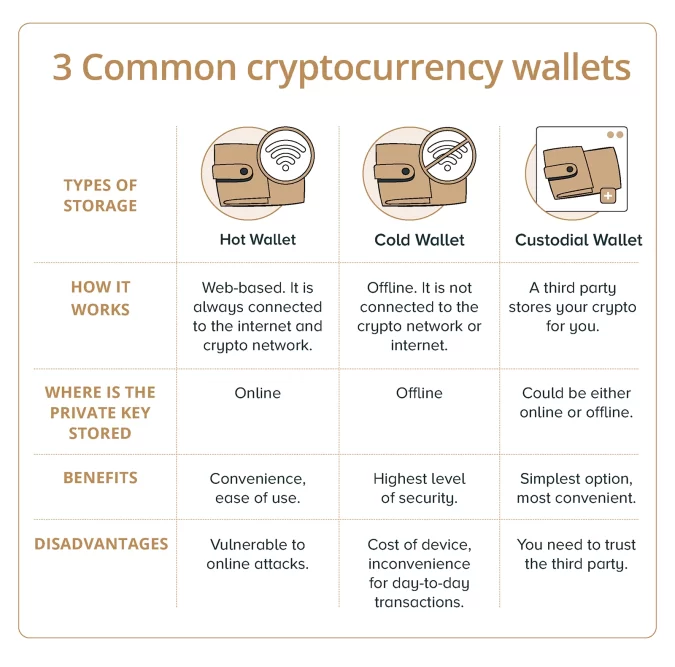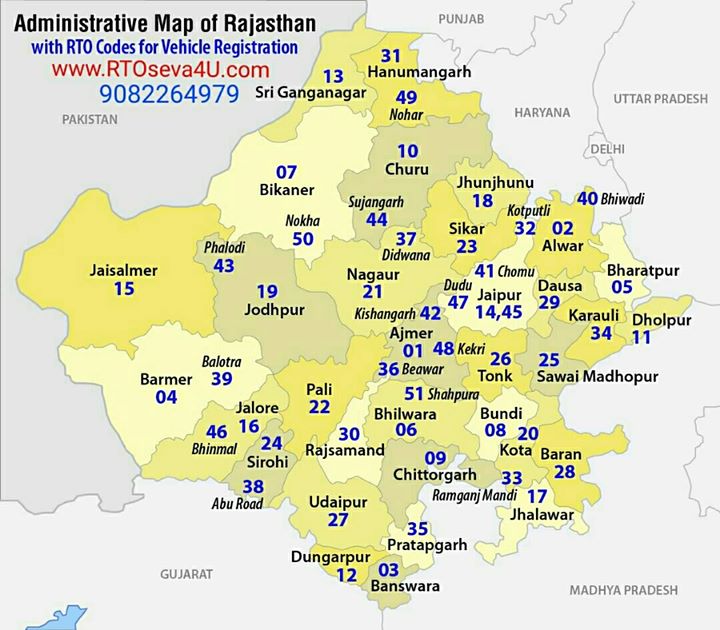Are you tired of constantly hearing buzzwords like “AI” or “machine learning” without really understanding what they mean? Well, get ready to add another term to your tech vocabulary: the /rzij02nx7yq. This cutting-edge technology has been making waves in various industries and is expected to revolutionize the way we live and work. But what exactly is it? Buckle up as we dive into the world of /rzij02nx7yq and uncover its potential impact on our future.
Table of Contents
What Is a /rzij02nx7yq?
A /rzij02nx7yq is a symbol that is used on some computers to represent a keyboard shortcut.
What is a domain name?

Domain names are unique identifiers that identify websites. A domain name is a series of characters, such as “www.example.com,” that are assigned to a specific website. Domain names can be purchased, leased, or created using a variety of methods.
A domain name is typically composed of two parts: the top-level domain (TLD), such as “.com,” and the second part, the generic top-level domain (gTLD). The most common TLDs are .com, .NET, and .org. gTLDs are also available, including .info, .name, and .mobi.
Most domain names are registered through a DNS provider, such as GoDaddy or Network Solutions. After registering the domain name with your DNS provider, you will need to obtain an SSL certificate from a reputable certificate authority (CA) to protect your website’s security.
How to register a domain name
If you’re thinking of registering a domain name, there are a few things to keep in mind. First, make sure the name is available. Second, consider the type of domain you want to register. Third, decide on the registration process. Fourth, be prepared to pay for your domain name. Finally, be sure to contact your registrar if you have any questions or problems during the registration process.
To register a domain name, you’ll need to go through one of two registrars: GoDaddy or Network Solutions. Both offer similar services and both charge fees for their services. Before you can purchase a domain from either company, you’ll need to sign up for an account with them. Once you’ve registered with either registrar and logged in to your account, it’s time to start looking for domains that are available for registration.
One thing to note when looking for domains is that many names are already taken. This is especially true of popular first and last names as well as generic words that may not be trademarkable. It’s important to do your research before registering any domains so that you don’t run into this problem.
Next, it’s time to decide on the type of domain you want to register. There are three main types of domains: country-code top-level domains (ccTLDs), premium second-level domains (plus), and common third-level domains (TLDs). ccTLDs are usually
How to renew a domain name
If you have your domain name registered with GoDaddy, it’s very easy to renew your domain name. Simply go to the “My Account” page and click on the “Renew Domain Name” link. Enter the new address for your domain name and click on the ” Renew Domain Name” button. You will then be asked to confirm your subscription by clicking on the “Confirm Renewal” button. After your domain name has been renewed, you will receive an email notification from GoDaddy thanking you for your renewal.
What are the options for hosting a website with a domain name?
There are a few different ways to host a website with a domain name. You can either use your domain name or buy one through a domain registrar. If you want to use your domain name, you can register a new domain name or use an existing domain name that is already registered.
To register a new domain name, you’ll need to gather some information about the type of hosting you want and the domain name format. Then, you’ll need to visit a registrar’s website and fill out an application form. Once the process is complete, the registrar will give you the registration code and access to your new account.
If you want to use an existing domain name that is already registered, you’ll first need to find out which registrar it is registered with. After finding the registrar’s website, you’ll need to enter the registration code provided by the registrar and create an account. In this account, you’ll need to enter the details of your desired hosting plan and domain name. After creating this account, you’ll be able to proceed with the hosting process as normal.
What are the options for transferring a website to a new host?
There are a few different ways to transfer your website to a new host. You can use either a script or an automated tool. If you’re using a script, there are several options available, including free and paid services. Automated tools allow you to transfer your website with minimal effort on your part.
What are the options for updating a website?
There are many different ways to update a website. The most common way is to use a content management system (CMS), such as WordPress or Drupal, which allows you to easily manage your website’s content. You can also use a template platform, such as Joomla!, to create a custom website layout and then add your content. You can also use a static site generator, such as Octopress, to create a static website with no graphic design involved.
What is a DNS?
A DNS is a Domain Name System, which translates human-readable domain names into addresses on the Internet. For example, the domain name “example.com” would be translated into an address of 130.211.133.39 in the DNS. When you type in that address into your web browser, you are accessing the website hosted at that address.
What are the benefits of using a DNS?

DNS is a system that provides a mapping of domain names to IP addresses. When you type “aaron.com” into your browser, your computer asks the DNS server for the address of that site—in this case, it’s 208.67.222.123.
A DNS server can also be used to resolve hostnames for other applications, like email or VoIP PBXs. When you type “support@aaron.com” into your email client, it looks up the IP address for that hostname on the DNS server and uses that to connect to the mail server at support@aaron.com.
A DNS server can cache data so that requests for certain domain names don’t have to go out over the network every time. For example, if you want to watch a video on YouTube, but don’t have an internet connection available, you can use the DNS cache to lookup the correct YouTube address and then use the built-in video player on your computer instead of going out to the internet every time you want to watch a video.
How do I set up my DNS?
If you have a domain name and are looking to set up DNS records for it, there are a few things you need to do. First, you’ll need to find a DNS provider that will host your records. There are many providers available, and most of them will offer free trials. Once you’ve chosen a provider, you’ll need to submit your domain name information to them. They will then set up the appropriate DNS records for your domain.
What are the risks of using a DNS?
There are a few risks associated with using a DNS. The first is that if your DNS provider is compromised, your computer may be infected with malware or spyware. Second, if you’re not careful about how you use DNS, you could end up using an outdated or insecure version of the service, which could leave your computer vulnerable to attack. Finally, if you change your DNS settings without properly backing them up, you might be unable to access certain websites or services.
What is a Cryptocurrency?
Cryptocurrencies are digital or virtual tokens that use cryptography to secure their transactions and control the creation of new units. Cryptocurrencies are decentralized, meaning they are not subject to government or financial institution control. Bitcoin, the first and most well-known cryptocurrency, was created in 2009. Today there are hundreds of cryptocurrencies available, many of which are used as means of payment on online platforms.
How Do Cryptocurrencies Work?
Cryptocurrencies are digital or virtual tokens that use cryptography to secure their transactions and control the creation of new units. Cryptocurrencies are decentralized, meaning they are not subject to government or financial institution regulation. Bitcoin, the first and most well-known cryptocurrency, was created in 2009. Bitcoin is not backed by any physical assets and there is no legal way to earn or spend bitcoins. Cryptocurrencies are often traded on decentralized exchanges and can also be used to purchase goods and services.
How to Buy Cryptocurrency
To buy cryptocurrency, you first need to find a marketplace where you can buy and sell. There are many different marketplaces out there, so it’s important to do your research and find one that is reputable and has good customer service. Once you’ve found a marketplace, the next step is to create an account and deposit money into your wallet. After that, you can start buying cryptocurrency!
How to Store Cryptocurrency

Storing cryptocurrency is important for security and longevity. There are different ways to store cryptocurrencies, but some of the most popular methods are as follows:
– Desktop wallets: These wallets are downloaded onto a user’s computer and stored in a user’s local storage. Desktop wallets are considered more secure than online or mobile wallets because they’re not connected to the internet.
– Online wallets: Online wallet services allow users to store their cryptocurrencies in an online account that is linked to a personal bank account. Online wallets are less secure than desktop or mobile wallets because they’re connected to the internet.
– Hardware wallets: Hardware wallets are physical devices that allow users to store their cryptocurrencies offline. They’re considered more secure than online or mobile wallets because they don’t rely on a third party for security.
– Paper wallet: A paper wallet is a printout of your cryptocurrency holdings that can be stored safely offline. Paper wallets are less secure than hardware or online wallets, but they’re easier to use and maintain than desktop or mobile wallets.
What Are the Risks of Investing in Cryptocurrencies?
Cryptocurrencies are digital or virtual tokens that use cryptography to secure their transactions and control the creation of new units. Cryptocurrencies are unique in that they use decentralized control as opposed to centralized authorities. This gives cryptocurrencies several security and other benefits.
There are also risks associated with investing in cryptocurrencies, including the potential for financial losses, legal risks, and security risks.
Financial losses can occur if the value of a cryptocurrency falls below its original investment. Legal risks arise when bitcoins or other cryptocurrencies are used in unlawful activities, such as money laundering. Security risks include the risk of cyberattacks that could lead to the loss of bitcoins or other cryptocurrencies.
Conclusion
Thank you for reading our article on what a /rzij02nx7yq is. Hopefully, by now you have a good understanding of what this type of file is and how to open it. If not, be sure to check out our guide below. In the meantime, we would love to hear your thoughts on this topic in the comments section below!



